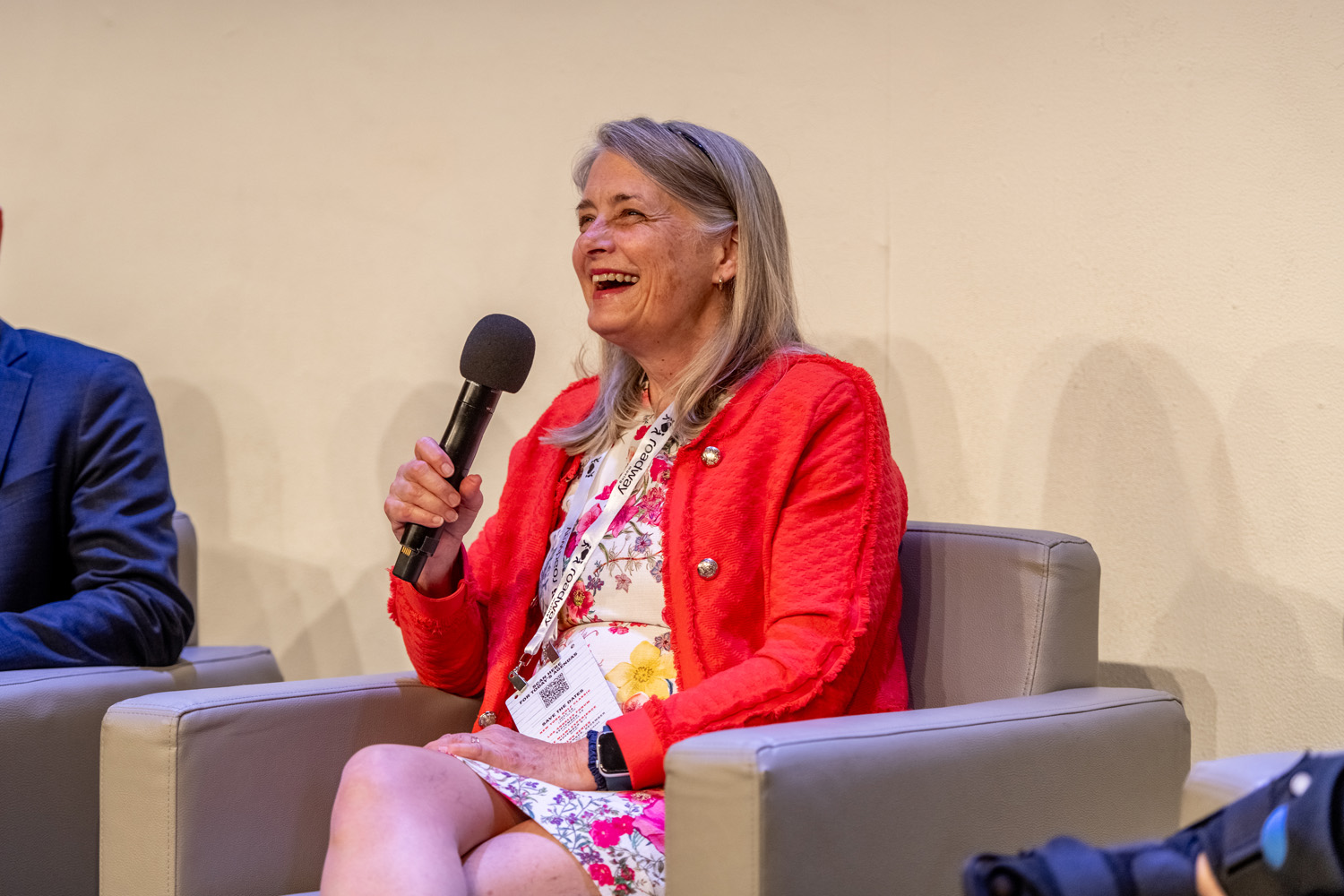Two-hundred years from now archeologists will ask: Why do so many apartment complexes in Brooklyn and Queens have 149 units?
This is obviously exaggeration, but David Kramer used it to make a point: Developers will do what they can to avoid new construction wage and affordable housing requirements included in a new property tax exemption program.
The developer, speaking at The Real Deal’s New York City Real Estate Forum, was referring to new rules under 485x, the property tax exemption program that replaces 421a. Under the new program, projects with 150 units or more located within certain parts of Manhattan, Brooklyn and Queens, must set aside 25 percent of their units for tenants earning an average of 60 percent of the area median income and must pay construction workers, at a minimum, between 60 and 65 percent of the prevailing wage.
The panel focused on building housing in the wake of the state approving a new budget that includes several long-sought real estate policies.
In addition to 485x, the budget also includes an extension of the construction deadline under the now-expired 421a program. This gives developers who managed to get foundation footings in the ground by June 15, 2022, until 2031 to complete their projects in order to receive 421a.
Vicki Been, faculty director of New York University’s Furman Center for Real Estate and Urban Policy, who previously headed the city’s housing agency, agreed that people may try to game the new program by building projects with just fewer than 150 or 100 units (a construction minimum wage minimum kicks in citywide for the latter).
She questioned setting the deepest affordability levels at 60 percent AMI, and noted that AMIs, which are set by the federal government, have increased significantly since the last time the state legislature approved a property tax break in 2016. Been said tracking the new wage requirements will be a major regulatory challenge.
“It is an enforcement nightmare,” she said.
Kramer said the replacement tax break is better than nothing but “won’t unshackle the needs of housing production.”
Sam Charney of Charney Companies said his company is still trying to figure out if and how 485x pencils out on projects. But he is, however, “ecstatic” about the 421a construction deadline extension.
His company is co-developing a full-block site on Nevins Street, building 660 apartments, with 165 rented at below-market rate. The project was among the 18 selected as part of an alternative to 421a launched by Gov. Kathy Hochul last year. After Wednesday’s panel, Charney confirmed that the project has opted out of the governor’s program, and is instead taking advantage of the construction deadline extension.
During a separate panel, developer Jed Walentas, who also chairs the Real Estate Board of New York, said the changes to the individual apartment improvement program in the budget was probably the most disappointing part of the state’s housing deal.
“They had a real opportunity to fix it,” he said.
He acknowledged that holistically the package of bills was better than nothing happening this legislative session. When asked about the versions of good cause eviction that was approved in the budget, he said the compromise reached “was not totally unreasonable.”
Kramer struck a similar note. The policy ultimately allowed tenants to challenge rent increases of 5 percent plus inflation or 10 percent, whichever is less. It also created exemptions for new construction and owners with small portfolios. That is a far cry from the original version of the bill, which had few exemptions and had a rent threshold of 3 percent or 1.5 times the regional inflation rate.
“I think they got that one right,” he said, adding that he hopes the legislature will now have the will to tackle other issues, including rules around converting rental buildings into condominiums. Under the 2019 rent law, tenants living in 51 percent of a building’s unit must agree to buy their units before a conversion can move forward. The previous threshold was 15 percent.
Jay Martin, executive director of the Community Housing Improvement Program, said the housing deal in the budget was the “perfect example of how Albany solves problems with more problems.”
He added, “It’s why we are doomed to not solve our fundamental housing problems.”
Read more












